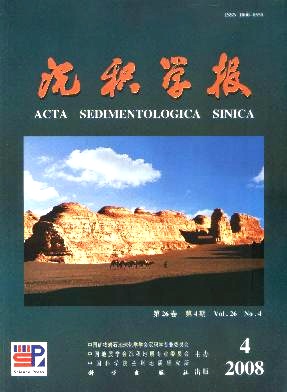Controls of Luzhou Uplift on Sedimentary Environment and Facies Distribution in Early and Middle Triassic, Chishui, Guizhou Province
- Received Date: 1900-01-01
- Rev Recd Date: 1900-01-01
- Publish Date: 2008-08-10
-
Key words:
- Luzhou Uplift /
- relief /
- sedimentary environment /
- facies distribution /
- /
Abstract: In the geological history, the distribution and the development of sedimentary facies was controlled by the regional tectonics and the regional relief. The Luzhou Uplift, which under the influence of Dongwu Movement, was one of the important controlling factors for the distribution of the Mesozoic sedimentary environment and the sedimentary facies in the area of southern Sichuan basin. During the Early and the Middle Triassic, the Luzhou Uplift developed and stretched to the south, the regional topography characteristic influenced the local sedimentary environment change and sealevel controlled the sedimentary facies distribution and the thickness of strata. For example, the Baoyuan and the Longzhao are two gasbearing structures, in which the reservoirs distribute in lower Triassic. Both of these two gasbearing structures are located at the south slope of the Luzhou Uplift, but the position of the Baoyua structure is on the upper part of the slope, and the Longzhao structure is on the lower slope. The position of the Baoyuan structure is higher than that of the Longzhao. At the high slope of the Uplift, the open sea environment had the stronger hydroenergy, the different banks such as oncolite and bioclastic could be deposited in this area. This sedimentary environment is better for reservoirs formation. From the higher part to the lower part of the Luzhou Uplift, along with the depth of water inc
| Citation: | ZHANG Ting-shan. Controls of Luzhou Uplift on Sedimentary Environment and Facies Distribution in Early and Middle Triassic, Chishui, Guizhou Province[J]. Acta Sedimentologica Sinica, 2008, 26(4): 583-592. |






 DownLoad:
DownLoad: